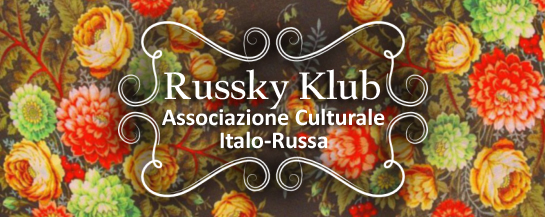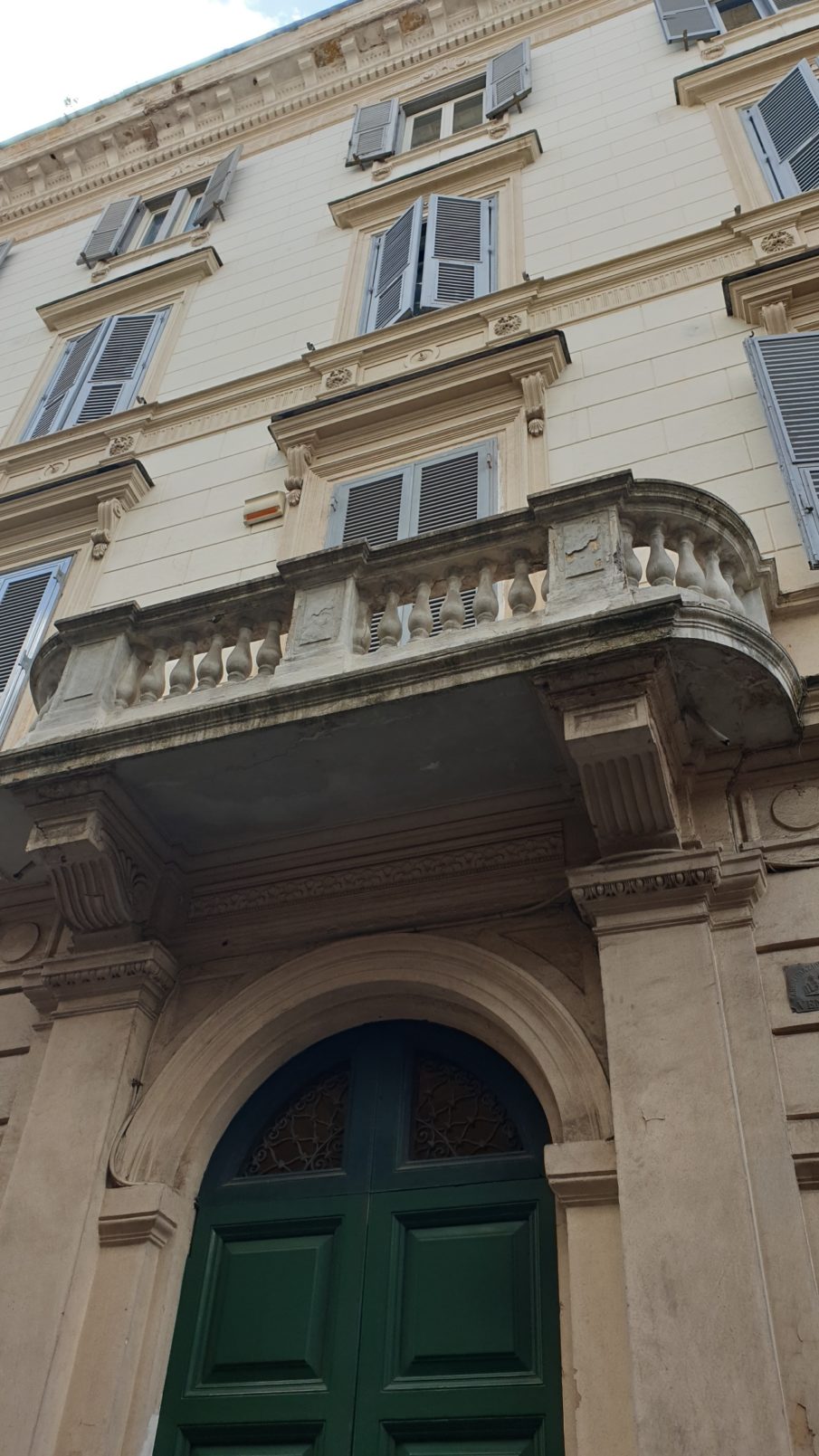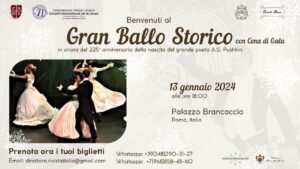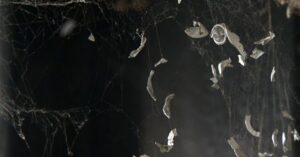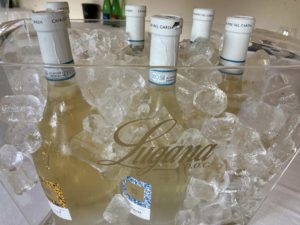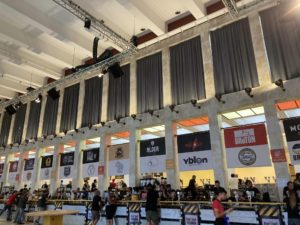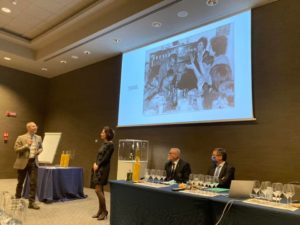Inspired by a sophisticated and elegant interior design, Parisii reinterprets the concept of art as a rule of hospitality in an atmosphere of refined essentiality.
This luxury Relais is located in Via della Purificazione 8, in the heart of Rome, a few minutes walk from Piazza Barberini, Piazza di Spagna, Trevi Fountain and the most important monuments of the capital.
Parisii is an unexpected oasis of tranquility immersed in the liveliness of the Eternal City; a structure designed to ensure the best stay in Rome with the aim of creating a unique experience through luxurious comfort and attentive service.
The refined spaces enriched by the works of artist Marco Victor Romano, a rich breakfast based on selected products and a personalized service make a stay in Rome a unique experience: this is Parisii’s way to interpret luxury.
The architectural project and the furnishings are made by Studio Massimiliano Morlacci Architects of Florence.
The lighting bodies – unique pieces made exclusively for Parisii – are a line of the Divisual / Morlacci / Parisii Brand designed by Massimiliano Morlacci Architects and produced in Florence by Divisual.
The Relais
The essential spaces characterized by white walls, decorated with elegant frames and an old oak parquet floor, are enriched by the colours of the upholsteries, as well as by the details of the furnishings and the colours of the bathrooms.
The search for a discreet beauty, made of imperceptible details, sobriety and clean lines permeates the soul of the facility.
Each of the five rooms of the Relais takes its name from a color: turquoise, rose, verte, sable, jaune.
The furnishings and the lighting fixtures made especially by skilled artisans have been conceived through natural and precious materials such as burnished brass, glass and lacquered wood.
The rooms have Queen bed or single beds, air conditioning, minibar, free wifi, private bathroom, 32″ LED sat Tv, bathrobe, courtesy set and direct dial telephone.
In each room as well as in the common areas show up works by artist Marco Victor Romano, who thus ideally elected Parisii to his privileged meeting place with the city of Rome.
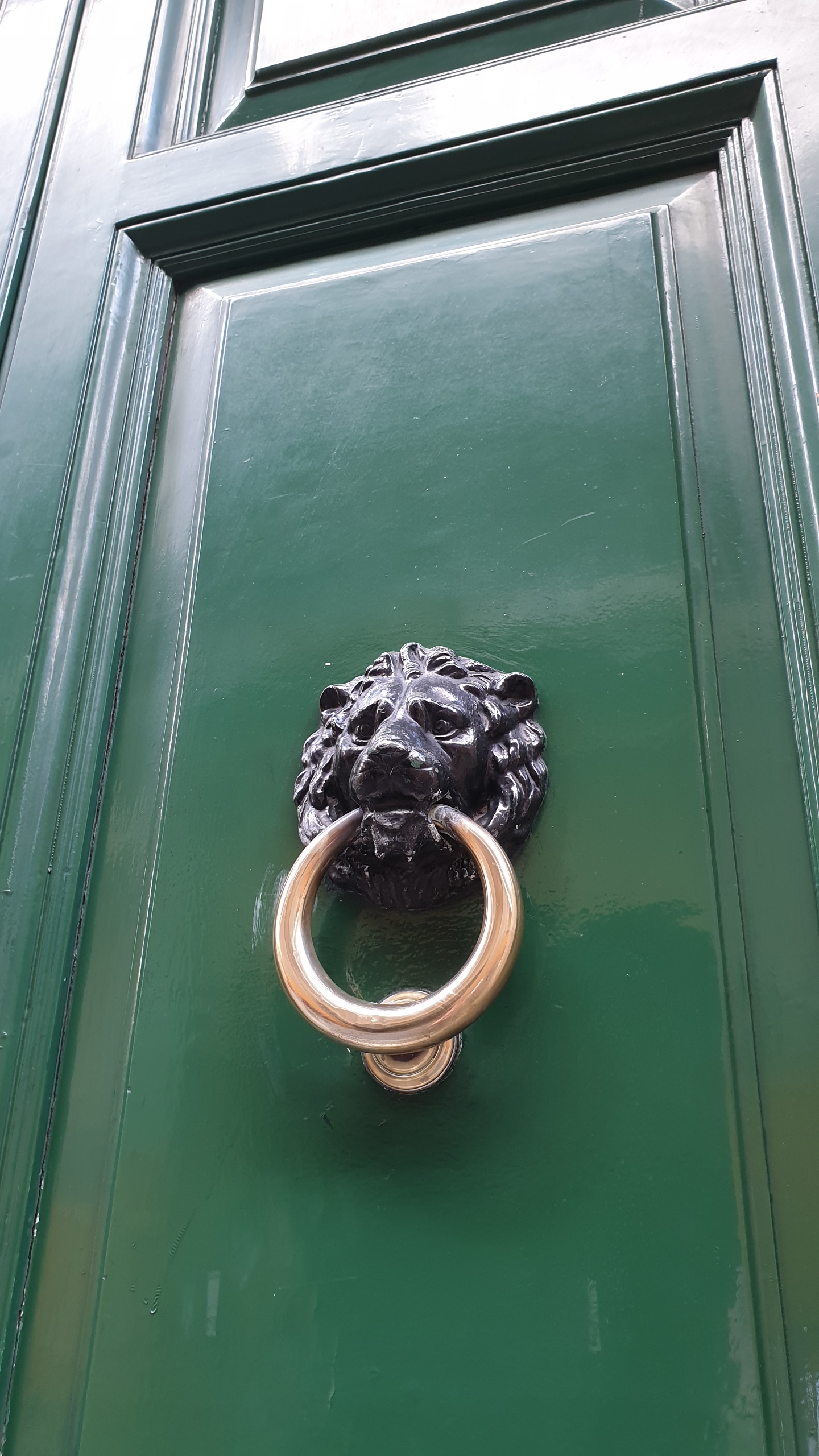
PARISII MORLACCI DIVISUAL
Massimiliano Morlacci was born as a photographer but he soon realized that his path is architecture. He thus started travelling the world holding a pencil and blank sheets of paper, he studied, collaborated, made good experiences everywhere – feeling alive in any future realities to be designed.
He was chosen for a pharaonic project; a site that, however, was devoid of soul, of a basic idea capable of transmitting an emotion. It is in this context that the encounter with Grazia Parisi and Alberto Grignolo took place.
They saw in him the demiurge able to give life to their ideas, and thus invited him to abandon his job and cross the threshold of a place that he would soon turn into a construction site. Morlacci accepts immediately.
A modern and design luxury relais which however, as a leitmotif, looks at the past, for instance in the tiles of the bathrooms, recovered during the works, as well as in an ancient glass window, brought to new splendour by Marco Victor Romano’s Cаnone Bianco.
The meeting between Morlacci and Divisual – a company as young as its creators – happened by chance. The feeling was immediate. Since then, Morlacci draws and Divisual makes. It is from this synergy that Parisii Morlacci Divisual was born, a lighting brand tailored to the luxury relais of Via della Purificazione. It consists of lamps with a clean design that impresses with its guidelines, silent guiding thread of the architectural solutions of both the rooms and the common spaces.
Warm, punctual lights collaborating with the environment.
«I felt the need for non-invasive lighting points, capable of transmitting not only environmental but also interior heat to all Parisii guests. A discreet lighting even at night, like a star in the heart of the Roman night».

BREAKFAST AND SERVICES
Breakfast
Breakfast focuses on freshness, quality, variety and traceability of the products, with a preference for a from-farmto-table approach.
Proposals vary from day to day, always keeping fresh fruit, seeds and oily fruit, jams, yoghurt, cakes and fresh pastry croissants, bread, cheeses and light cured meats. Everything is aimed at greedily nourishing the spirit while preserving well-being.
An energetic and healthy breakfast is the best way to start a new day. Nothing has been left to chance – we provide food with great passion and respect.
Hair stylist and treatments
Parisii has an agreement with the most important beauty salons in Rome.
Room Service
A service designed to complete your evening relaxation indoor.
Our dishes are based on selected ingredients daily purchased and of controlled origin.
The reception staff will be happy to take your order and deliver your chosen courses directly to your room.
Laundry with same-day delivery
Parisii offers a washing service, dry cleaning and ironing with pick-up in the morning and delivery in the evening.
Shuttle to airport or station
Upon reservation, private shuttles either to Termini and Tiburtina railway stations or to Fiumicino and Ciampino airports.
Daily room cleaning
Provided every morning.
Culinary experiences
Thanks to the partnership with Le Cesarine, Parisii offers a special culinary experience in 120 Italian destinations.
Cooking classes, lunches and dinners or visits to the best markets and local food shops: a community of 700 selected cooks is at your disposal to create a special moment dedicated to good Italian food.
Safe and high speed Wi-Fi
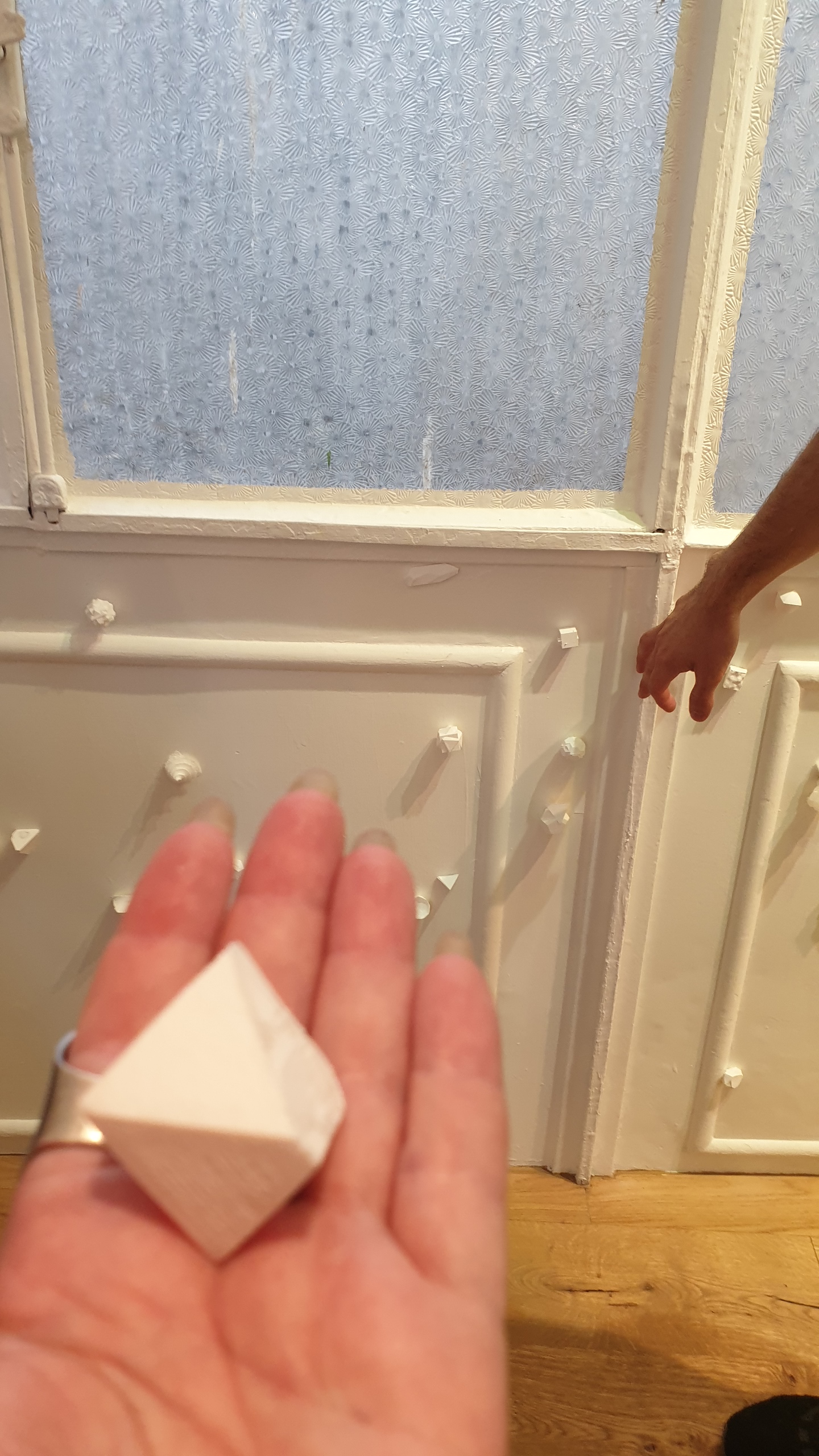
THE ROOMS
Turquoise
Junior Suite (25,9 sq.m) with view of Via della Purificazione and private bathroom with window.
The charme of the Turquoise Junior Suite lies on the essential nature of its white spaces adorned with elegant frames and a parquet floor in oil-polished old oak.
The atmosphere is welcoming and elegant, and the shades of turquoise blend with the pure white of the walls and the padded fabrics of the decors, the insides of the closets and the chromatisms in the bathroom. In the wide, bright ambience of the bathroom with shower, the floor is made of original 20th century cement tiles which were found during the restoration of the property.
The decors and the illumination bodies were realized exclusively for the Junior Suite by design of the architects.
In the room two works by Artist Marco Victor Romano are displayed: “UNA serie II n. 0104” and “UNA serie I n.5”
Rose
Junior Suite (19,8 sq.m) with view on Via della Purificazione and private bathroom with window.
The Rose Junior Suite conquers for the cleanliness of the lines and the elegance of the decors. The parquet floor made of oil-polished old oak creates a warm and welcoming atmosphere. The width and brightness of the room gives a feeling of enjoyable relax.
The theme of the Rose colour melts into the essential nature of the space through the colours playing in the padded fabrics, the details of the decors and the chromarisms of the bathroom.
In the wide, bright ambience of the bathroom with shower, the floor is made of original 20th century cement tiles which were found during the restoration of the property.
The decors and the illumination bodies were realized exclusively for the Junior Suite by design of the architects.
In the room the work “eroiF Orchidacee bianca (ph)” by Marco Victor Romano is displayed.
Verte
Superior Room (17,5 sq.m) with view on the inside yard and private bathroom with window.
The Verte room is the most intimate, the most sheltered. A comforting cocoon which envelops its guests with its feathered elegance: the clear lines of the plasters, the enveloping white of the spaces and the parquet floor in old oak perfect for barefoot walking.
The green colour permeates through the candid room through the patterned pillows and armchair, the walls of the room and the insides of the closet.
In the bright ambience of the bathroom with shower, the floor is made of original 20th century cement tiles which were found during the restoration of the property.
The decors and the illumination bodies were realized exclusively by design of the Architects.
In the room the work by Marco Victor Romano “eroiF Anthurium verde (ph)” is displayed.
Sable
Deluxe Room (19,4 sq.m) with view on the inside yard and private bathroom with window.
The Sable room enjoys a warm and natural, relaxing light thanks to its exposition. A magical sensation of quietness and silence surrounds its guests after a hectic day in Rome. The refined, essential spaces meet the shades of sand colour in the bathroom, on the pillows and the armchair.
In the ambience of the bathroom with shower cabin, the floor is made of original 20th century cement tiles which were found during the restoration of the property.
The decors and the illumination bodies were realized exclusively by design of the Architects.
In the room, the work by Marco Victor Romano “Erba/Cielo Lipsia (Codici colore di vari elementi)” is displayed.
Jaune
Deluxe Room (20,74 mq) with view on the inside yard and private bathroom with window.
Thanks to its exposition, the Jaune room surprises with its enveloping, characteristic quietness.
The yellow elements distinguishing the room are soft on the padded pillows and armchair and the inside of the closet, but become a bright lemon colour on the walls of the bathroom.
In the bright ambience of the bathroom with shower, the floor is made of original 20th century cement tiles which were found during the restoration of the property.
The decors and the illumination bodies were realized exclusively by design of the Architects.
In the room, the work by Marco Victor Romano “Memorie Guaches: serie da 4” is displayed.
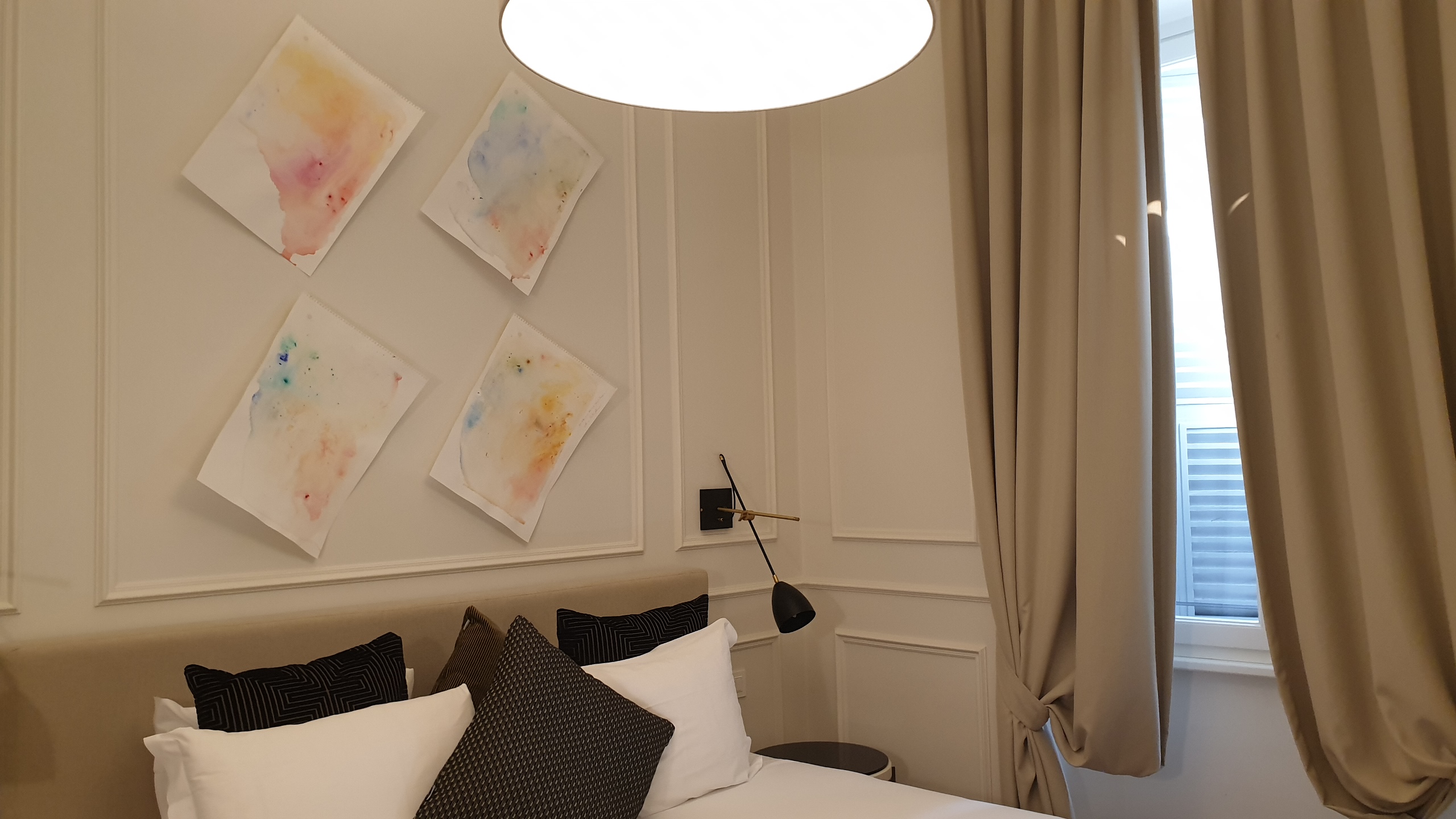
ART
Marco Victor Romano
Cаnone Bianco
Apr 9, 2019 – Apr 9, 2020
Parisii hosts the personal exhibition Cаnone Bianco by Marco Victor Romano, a young visual artist trained both in Naples and at the Hochschule fьr Grafik und Buchkunst / Academy of Visual Arts Leipzig (Germany). Strengthened by a brilliant and award-winning grounding during which he perfected imaginative skills and pictorial abilities, he’s concentrated on the installation medium focusing on the interaction between space and spectator.
As Romano explains, the title of the exhibition derives «from the installation of the same name commissioned by Parisii for the lobby glass panel, and refers to the rules involved in the creative process of each work».
Romano’s research highlights a personal cosmology. His works evoke a sense of mystery, expressed through a mixture of contemporary techniques and arts of the past. In Cаnone Bianco, for instance, platonic solids are created with both 3D printing and mold technique; while in L’informazione contenuta nell’opera d’arte the modern holography is placed side by side with drawing, mold and photography.
The works of Romano enhance a strong philosophical component trying to investigate reality by turning it into closeto-consciousness visions. These works «create visual and chromatic relationships that deepen the theme, thus generating interest at various levels».
There are 20 works on display, carefully selected over the last years of experimentations.
Here follow a complete description and explanation.
Please note: The words in dittos are all statements by the artist.

The works
Cаnone Bianco
Marco Victor Romano / Cаnone Bianco / Platonic magnetized solids: 3D printing, wax, paper, liquid ceramics / site specific / 2018_19
What is the shape and what does it represent?
This installation has the aim of exploring the possibilities of being acting as a demiurge, trying to reach an “infinity”.
The forms are born from the fusion of elements called Platonic solids and the fullerene aggregate spheroidal structure – the fullerene is also called Bucky, (which is a solid too).
The artwork elements are multiplied and subtracted N times; they’re twisted, loose, swollen, cut – in their own structure too – exacerbated or softened through the union with the essence of other elements. This surfaces plurality generates a constellation of shapes that much resemble the natural ones or even the extreme virtual perfection.
The solids are magnetic on their basis, and that allows arbitrary and free movements; the limit is just the glazing surface on which they will be installed. They constitute the interactive part of the artwork, as they allow to change the relationship between the elements and to reconstruct spatial configurations which are constantly new, unexpected, obsolete, imperfect but always full of reality.
The coloured-shadows game, revealing the trickery of vision, is combined with the spatial game of the human that hides the real polychromatic nature of the perceived light, which is, instead, monochrome.
These figures speak of mathematical and human relations, they recall possible stories of loss, destruction, and union of energies. In a humanizing leap, they lead back to the essence of our existence.
As well as its places.
Rome, a multi-ethnic and multicultural metropolis, is both a stage and a reflex of the contemporary existence heterogeneity. Swarming heart of the world since the first centuries B.C., it is a living witness and an ab aeterno History teacher, a symbol of the endless variety of the human kind, crystallized in multiple forms, constantly evolving.
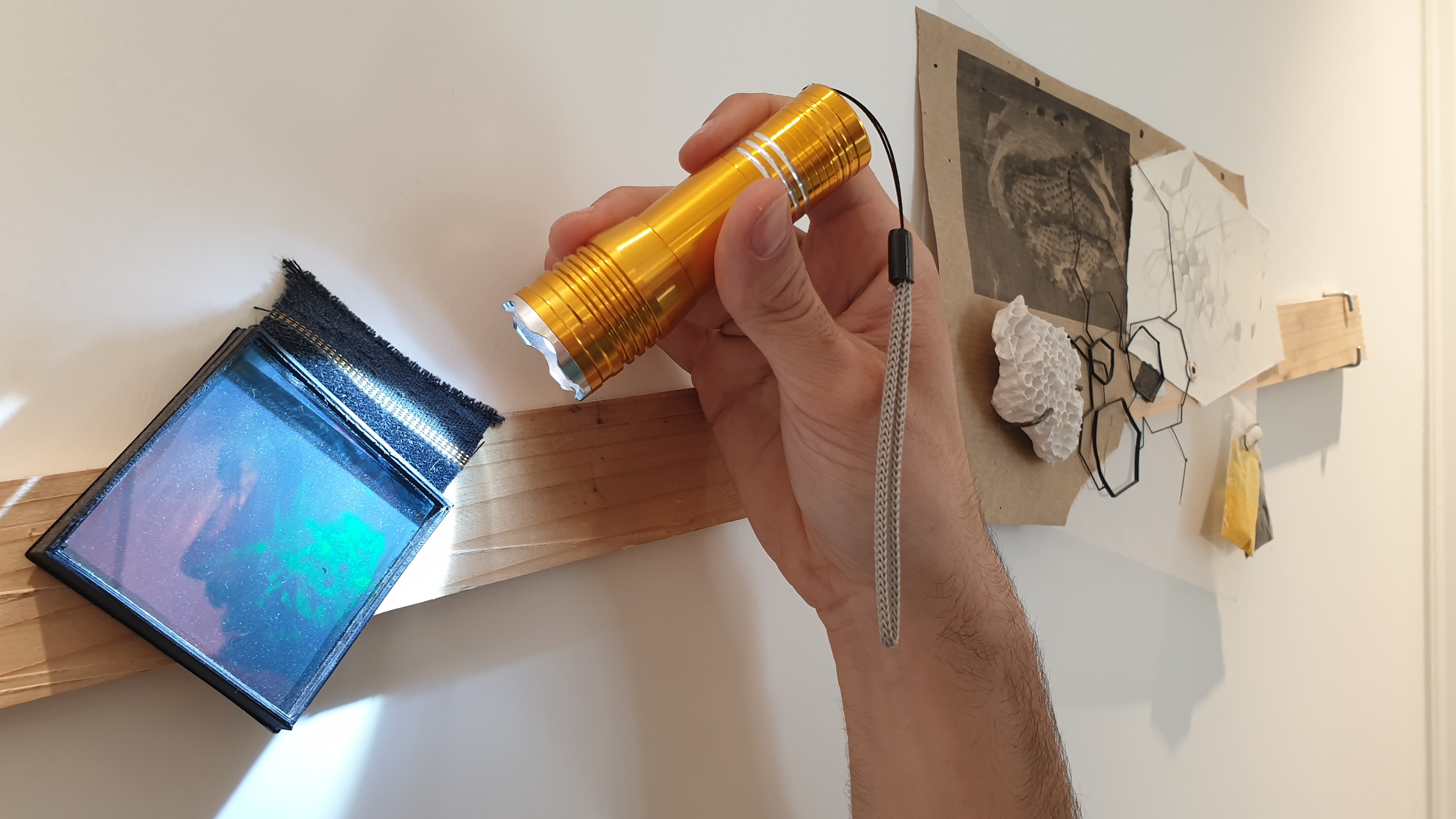
Muri
Marco Victor Romano / Muri Series /mixed technique, wood, cement, plaster, pigments, mirror / site specific / 2017
In Muri, the main theme is imperfection, which oozes like a drop in human nature.
From its earliest beginnings, contemporary art has been trying to recount the fleeting existence, sometimes invading it (as the Fluxus movement does), sometimes crystallizing it in non-forms, retracting or erasing the century-old pact of figurative fidelity with nature, its eternal inspirational, both ally and rival in the search for beauty.
If the figure disappears, here is a new language which, jumping over the wall of understandable to the eye, sinks into feeling, sinking into the sweet Leopardian sea, “ove per poco il cor non si spaura” (almost feeling one’s heart trembling with fear).
It is exactly in that longing for the infinite, where tension and imagination are measured, that the artistic expression of the second half of the 20th Century has laid the roots of its own research, making the substance “the verb” of the intimate human reality. Without the limits dictated by an admitted logic, without margins marking the boundary where to stop, materials overlap creating form and concept hybrids.
Halfway between the wise technique of classical composition and the “lacerazione della carne” (literally, “Flesh laceration”) of the great Plastiche by Alberto Burri, Marco V. Romano overcomes the poetics of the twentiethcentury sensible substance, offering a new, conciliatory look.
Gypsum, plaster and cement are the bases on which Romano draws unrepeatable colours, the result of a handcrafted mixing of pure pigments, or overlapping tempera layers, obtained with the classical technique. These surprising pictorial films lay on bare wooden tablets, characterized by an irregular perimeter and rounded corners in soft vertices. As a result sort out objects with a mysterious and delicate appearance as if they were fragile incrustations of beauty, fortuitous agreements of an apparently visible harmony whilst hidden in the structure.
Romano’s Muri plaster is a symbol of art’s communicative faculty, consisting in overlaps, combinations, divisions and destruction. In his hands, the ductile material is a place of an in itinere experimentation, its coloured surfaces are the space in which the different energies of random, single or multiple actions accumulate.
The shorings, the tears, the surface cracks do not succumb to the pessimistic vision of an existence governed by the indomitable case against which man can do nothing, although they recall the body suffering theme by Burri.
The Muri project becomes the stage on which existence takes place, a space in which memory is sedimented and, in the end, a place where the beauty of the individual is built. With the classical composition constructive wisdom, the power of the destructive gesture and the subtlety of chromatic variations, Romano creates symbolic cradles in which precious imperfections born from the encounter-conflict between matter and contingency, soul and world, rest in an eternally antithetical relationship in continuous variation.
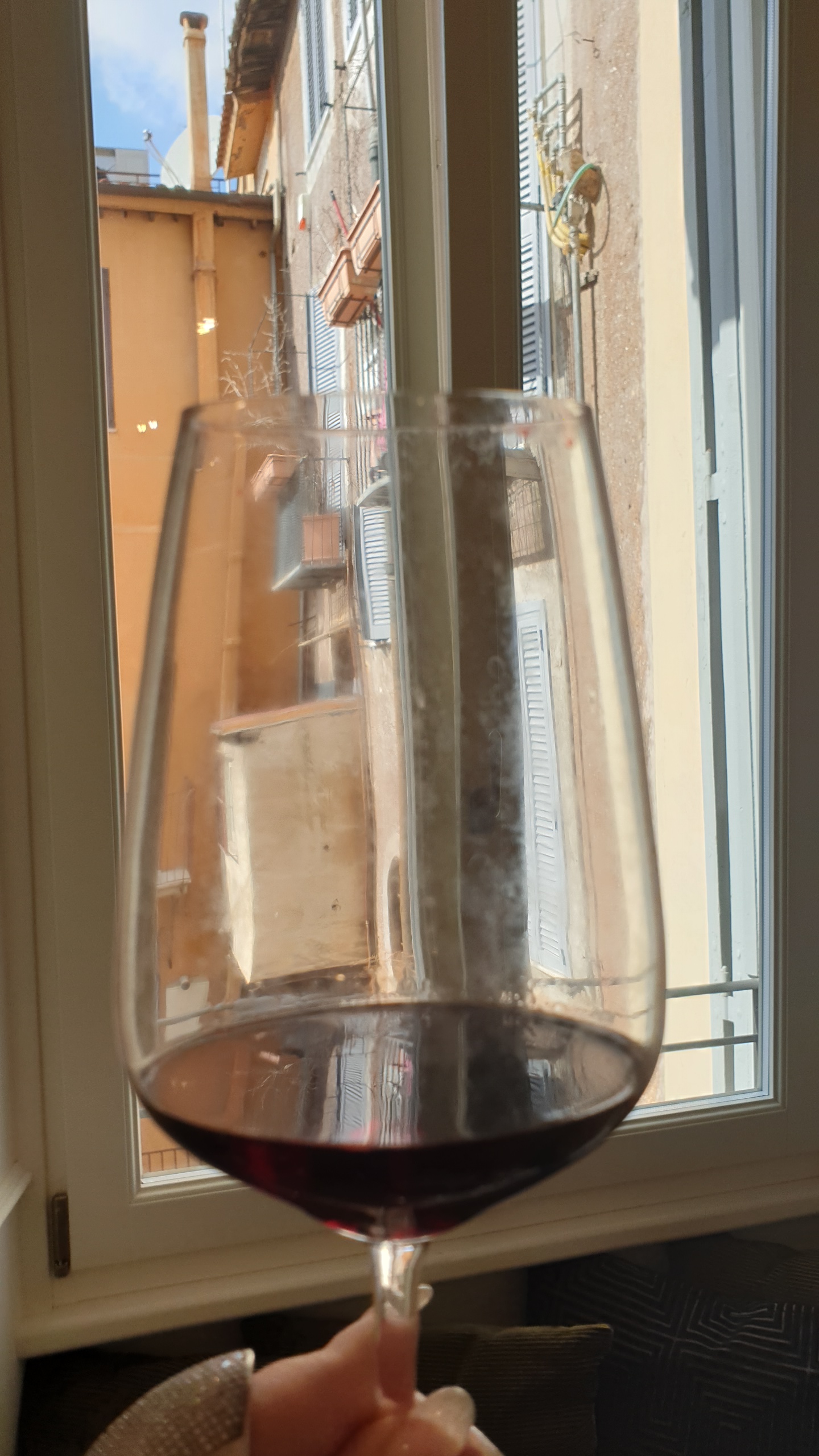
L’importanza dell’informazione contenuta nell’opera d’arte
Marco Victor Romano / l’informazione contenuta nell’opera d’arte / hologram, drawing, pigment, mould, wood, led light, 3d printing/ 10X35X6 (cm) / 2017
This artwork is a composite installation which brings together elements in wood, sheets, hexagonal grids 3d printed, pigment, mould and a hologram that describe the wasp’s kingdom. Through a close look at the housing structures they create (crawl spaces), the author illustrates the group hierarchical structure and the perfection of the constructive mastery of the wasps, which is naturally modulated on the specific survival needs of each class; for this reason, the wasps can be taken as a symbol of the strength of their parental ties and of the tendency to create forms of notably evolved social life. On one side of the wooden support bar there’s the superimposition of drawings, beehive molds, 3D prints, papers and pigments which show the materials, the construction methods of the crawl spaces and the social structures that inhabit them. On the opposite side, the hologram stays as a summary of all the given information.
The glass-holographed image amazes with the three-dimensionality it returns, compressed on a single twodimensional surface of only 12 cm square. Furthermore, the overexposure to the laser beam allowed the reconstruction of an entire alveolar system, including wasps.
Impossible not to be astonished in front of this artwork, a hybrid of dimensional scales. It almost seems to be in front of a gap, a window which is open on another space.
The artist goes beyond suggestion and focuses his research on the sensitive datum in its essence: light and its interaction with substance. The scientific subject of this installation wants to show that leaving out the form, which is in constant variation, is the only way to identify the deepest information.
From this point of view, the crawl space becomes the pretext to talk about the essence and its method of structuring the substance.
It is necessary to investigate the essence, which is the primordial raison d’кtre of the form, in order to get to its fundamental truth: the information contained in it.
Bypassing all the image perspective construction systems, which at the limits of hyperbolic forcing has given both extreme and abstract results in artists such as M.C. Escher, Romano’s hologram does not create any optical illusion: it is the real restitution of information ” light” contained in the space.
So, what is space? Which is the role played by the light? What are the limits of the human perception?
It seems this work wants to cross the visible threshold to make us participants of information beyond this limit.
If – in practice – the hologram records information that cannot be simultaneously perceived by the human eye, it metaphorically refers to the idea of composite reality, fragmented in individual points of view that return the complexity of a single truth, as a whole.
And isn’t this the great enigma of existence?
Does the key to their relationships lie in this perennial disparity of vision between individuals?
Is this not a simile of human life, different for each being but coexisting in the same dimension? No point of view is paramount with respect to the other, each one has the same space portion where to live and the same value in its assertion as truth.
L’informazione contenuta nell’opera d’arte was exhibited for the first time as part of Epiphania 24:24 created by RomanoISerafini duo, from 12/15/2018/ al 01/13/2019, Centro per l’arte Contemporanea Trebisonda, Perugia.
The artwork appears in Libro d’Artista 24:24 Ephifania by Romano/Serafini
Hexadecimal
Marco Victor Romano / Hexadecimal (cielo/erba Lipsia) / Digital printing on paper / 200 x 100 (cm)/ 2014
In an era in which virtual is increasingly perceived as a sensory extension of human reality, the contemporary individual finds himself plunged in a hyper-world in which vision and illusion are integrated completing each other.
No coincidence at all if nowadays we talk about augmented reality, a brand-new strategy for a man who, trying to reach both infinite and immortality, thinks up progressively more complex ways to conquer the unknown.
With the artwork Hexadecimal, the artist intends to investigate the relationship between this virtual world, which constantly develops, and the human being that creates it.
Cielo/Erba Lipsia shows a virtual landscape in its truth of simulated reality. The colours become technical information expressed in the Computer Graphics technology digital language, precisely identified in hexadecimal codes.
In the image texture, numbers and letters overlap; in some patches they intensify saturation. Something happens in the passage areas from thin to dense colours: the eye perceives a concentration change which, however, remains unexpressed by the graph system.
This very subtle difference reaffirms the supremacy of human nature, which once again claims its own distinction capacity: its sensitivity is built on the disparity with the technology passivity, which has the means to organize data, but no means at all to penetrate the perceivable.
In the wake of Benjaminian research[1], which investigates the social meaning of the technical and material reproducibility of the artwork, Romano shows how the real data definition and technical reproduction are both empty and passive; they realize the fragmentation of the whole destroying the reference context; its primary identity flattens out, its uniqueness value is reduced by its roots.
How much remains of the sky of Leipzig in the computerized code? Which were the original shapes and shades of the grass blades?
Taken individually, the colour code does not realize the potential unity of the fragment, which, as Brandi prйcises, survives in the bond reflex with the whole. It is rather the result of a computerized system which uses a digital and punctual mechanical language.
Romano calls for the re-thinking on the existential man-machine gap.
To the eye of the watcher, Erba / Cielo Lipsia seems to create a short circuit: no landscape, no frame in the image, yet it shows a technical reproduction of something that once had an existence. In front of us, the digital language shows off itself by emphasizing its potential use.
At the heart of this issue lays the man and his faculty of choosing. In his hands, technology is the amplifying tool of its game spaces, or even the convenient expedient which annihilates his will in the action automatism (take the Instagram likes tap tap), which enslaves the masses (take the theft of sensitive data on social networks), which drowns the rights in a placid conscience sleep.
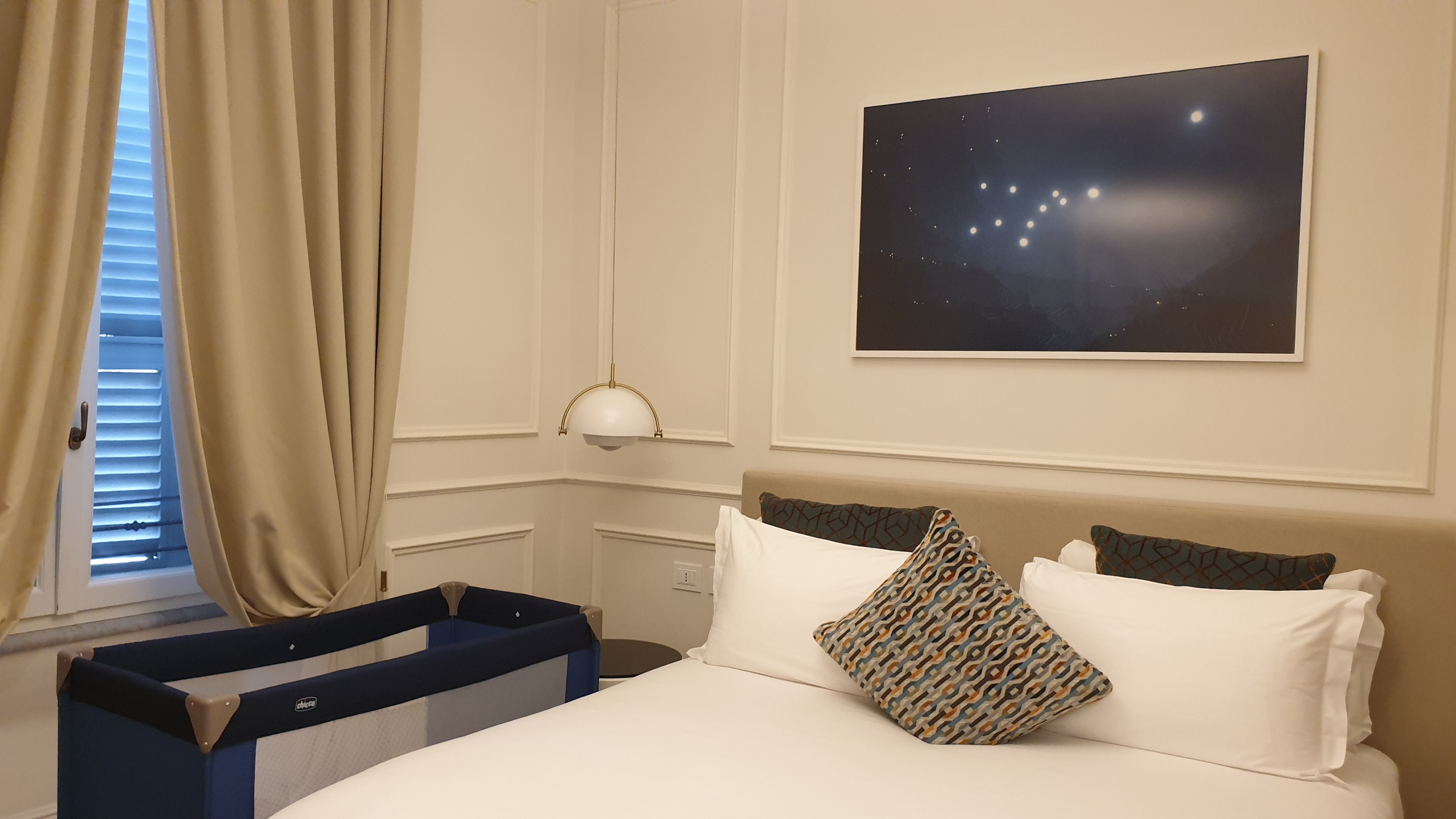
Memoria Guaches
Marco Victor Romano / Memorie Guaches / tempera on paper / site specific installation composed of 6 paper 59,4Ч42 (cm) each one / 2016
The artist creates the work starting from a Bakelite palette, used for the realization of one of the paintings used in the movie Raphael – The Prince of 3D arts broadcast by Sky Cinema Uno and Arte HD[1]. On this chromatic magma, lively and strident in his accidental combinations, the artist spreads a white paper; with a slight pressure, he performs a hand imprint followed by a tear. The reality is thus memorized through a natural process of recording the instant, caught in the final guache.
The smokiness of the image of Memoria is the result of a condition existing on a palette wooden surface. It is exactly in this separation between immanent reality and “memory” that Romano sinks the roots of his research.
This artwork is an explicit criticism against the Platonic naturalistic conception, which condemned artists, guilty of upsetting the divine perfection of reality in “phantasmagorical lies”. Art was considered a deception. But in this artwork the artifice is reduced to the minimum degree. Thanks to the tearing technique, the material remains the only protagonist. The grip on reality is not intellective, as it becomes a practical act, a gesture. Manual imprinting simulates the concept of “constitution of the conscience” which, in contact with the world, is enriched with information and visions, signs and images[2]. But here, the intervention of the intellect and of the creative intuition is completely absent in the elaboration of the image: in their place, dynamics of physical and chemical nature. The work is no longer a reproduction of reality, but reality itself.
In this artwork, more than in the other ones, Romano’s artistic speculation is pure. The tearing practice is ungovernable, the result punctually unpredictable and irregular. In the artist’s opinion, his reason for being is in the faculty of being able to realize just one concept: the possibility of intercepting and recording contingency according to another profile.
We might ask ourselves: is it possible to grasp forms of autonomous creativity in reality?
Evidently, yes.
In the eyes of a romantic soul, Memoria is the frame of a shining instant, in which the heaviness of materials melts in the glow of a delicate and light vision. Just as in a distant memory we see reality discolouring; a reality that, in it, has become pure feeling.
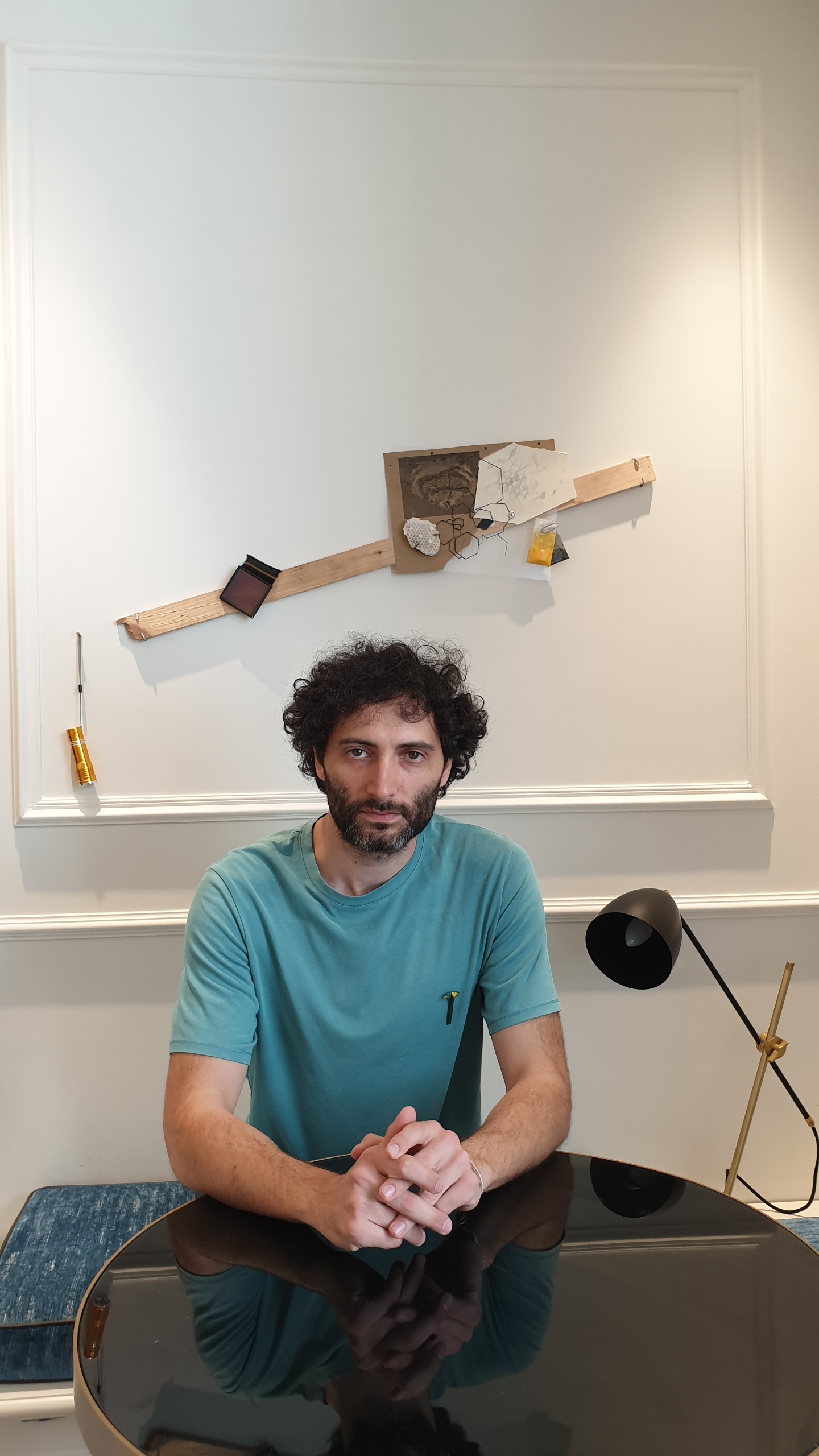
NX1
Marco Victor Romano / Serie NX1 / fabrics, cotton, jute, linen, ink and linen / site specific installation / 2016
This experimentation tries to record the effects of a random action on reality. Through simple and repetitive gestures, the artist intervenes on different types of fabrics. To perform the action, each fabric is folded on itself N times; subsequently, it is touched with the ink in a single point. The colour penetrates every fabric layer, but just in a single point. Once unfolded, the resulting image, produced accidentally, is fragmented into a spotted structure, with a swinging rhythm, marked by dormant matches. The entire shape gives back a harmonious sensation, like the spotted mantle of some animals as well as the typical structures of cellular agglomerates. One might find some similarities with the expansion movements of certain cosmic waves.
No pre-established aesthetic choice, at the basis of this artwork, but rather the will to demonstrate and explain, through a visual experiment, the substance organization systems inherent to genesis process of reality structures.
«Is there, perhaps, a single structure on which substance is organized for any given situation? What can you imagine at the origin of these structures: an event or rather a shaping frequency?»
To answer these questions, the artist adopts a precise methodology to synthesize the intervention on the substance in a single gesture and, at the same time, to multiply it on a single surface a given number of times. The criterion chosen for the organization of the work is inspired by the Theory of Quantity contrast by Johannes Itten, who suggested precise correspondences between the ink colour and the canvas number of folds.
In this work, Romano progressively cancels his own expressive imprint, with the aim of bringing out in the surface something else. The reality analysis is empirical, the action is compressed into a single gesture, the rest is independently structured substance in an autonomous harmony. Just like the cosmic afflatus which Alberto Burri’s Informal revolution is charged of – in the degenerative substance process one might catch the truth of life processes – Romano intercepts some manifestations of universality in the reality structuring.
Furthermore, this experiment was repeated with all the visible colours, generating a complete chromatic series. At the basis, the will to widen the research by using all the possible combinations and to tell, in ever-changing sequences, the heterogeneity of the substance aggregation and composition possibilities. Like in Morandi’s Still Life series, each work is similar to the other ones, but identical to itself.
Once again, Romano finds into reality the expressive, symbolic and vital hook of his own artistic language, suggesting the idea of the existence of a universal art inherent to the disposition of everything.
Serie _Una
Marco Victor Romano / _UNA series I n°5 / fine art printing/ 80Ч130 (cm) / 2012/15
The work was exhibited as a site-specific work as part of the Residenza Artistica program held in Castelfalfi in October 2015, for which the artist created the MICROMACROCOSMI exhibition.
The universe and the relationship man establishes with it was the key-theme of the entire exhibition.
Serie_Una is a photographic work on the celestial landscape caught in the space of a night horizon and in the imprecise time of random shots.
«(The work) is a photographic series obtained through a process of random events, detected with an unusual method. The intention is to record chance, possibility, fate. The Moon becomes a mysterious light which multiplies and assumes enigmatic forms well translating the “coherence” feeling surrounding us».
On a technical level, the work is light-painting variant, a ‘photographic painting. Romano creates serie_Una using rotations and random movements of the camera and having the moon as a fixed light. In this way the artwork is different from the original technique born from the Man Ray’s research on light movements in front of a photographic lens (there are also other important artists, including Picasso).
In the picture, the lunar glow gets doubled, creating visionary harmonies which seem to give birth to new constellations. The luminous profile of the scene horizon is fragmented into jagged outlines, and so is the perspective, loaded with impossible escape points.
To the extent that this artwork multiplies in overlapping visions, it opens to infinite interpretations. Chance is used as a picture-modelling tool, and that weaves that unfounded fil rouge Umberto Eco recognized as the ineffable hook between the scientific, historical and philosophical reality structures and the artistic language.
The connection between interpretation and references to real correspondences is individual and strictly personal; it is precisely in this contribution to vision that the artwork realizes its opening.
Serie_Una seems to show how mankind occupies an infinitesimal part of the cosmic space. The sky is the osmotic membrane mediating the contact with the terrestrial “beyond”, it is the impalpable veil of May that draws the imprecise margins between known-unknown. Yet it is right there, in the portion of the sky the eye can capture, that the mystery and the infinite possibilities of existence inhabit, it is that one the place in which the human space and time concepts dissolve into unknown realities, leaving room for infinite questions.
In the hyper-reality of the image of _Una, there is a structuring harmony existing in two moments affirmed in two ways: it is as much the result of the execution of the work as the founding idea behind its conception.
Serie_Una appears in the MICROMACROCOSMI catalogue, created for the Residenza Artistica program Castelfalfi, October 2015.
Unito Volge
Marco Victor Romano / Unito Volge series / diptych fine art digital printing, / 40,2Ч24,9 (cm) each one / 2012/15
Universe: from the Latin universum (the whole), composed of unus (one) versus (face, wrapped. Past participle of vertere, volgere) uno verte, uno volge Neo or nevo: from the Latin naevus, neo-formation of the skin as the stars, which are new formations, in the universe.
The will to look at one’s own body, discovering that it contains the image of the universe, if seen with an inverted light and vice versa, finding the universe in one’s self and not outside. We all are one with the universe.
“Unito volge”
The work was exhibited for the first time as part of Residenza Artistica held in Castelfalfi during October 2015, for which the artist created his personal MICROMACROCOSMI. The main theme, underlying Romano’s research, is the material and existential man-cosmos connection, which has visible correspondences in the resemblance between the variations of the universe and the physical structures in which the whole terrestrial world is organized.
The artwork Unito Volge wants to think about the formal and structural affinities between the microcosm of human beings and the macrocosm of the universe. The method is a sort of litmus test which, in the inversion game of the parts, verifies and detects a double value truth.
The discourse is organized in a dialectic of negative chromatic changes, which change a starry nocturnal into an epidermal map quilted by moles and vice-versa, as if to reveal that on the rosy skin incarnate dwell astral panoramas parallel images.
During the past, important Physicians, Doctors and Psychologists have been theorizing an effective and sensitive specularity between sky and Earth structures: take “Stardust” by John Gribbin (2009); take the analogies between moles, temperaments and astrological symbols, theorized by Girolamo Cardano (scientist and doctor of the sixteenth century); one might think about the famous Swiss Psychoanalyst, Carl Gustav Jung, who supported the absolute important of astral dispositions on the day of birth, considered responsible for the individual personality.
Furthermore, nevology (which studies the moles to get a character-screening and to predict the future) still survives today in the oriental nevomanzia, in China and Taiwan.
In front of Unito Volge’s images, the suggestion of universe infinity and the perception of the astral scenario distance is diluted in a new perspective, more extended but closer, testable on one’s skin.
Unito Volge is included in MICROMACROCOSMI catalogue, created for Residenza Artistica held in Castelfalfi in 2015.
Romano, Marco, Victor, MICROMACROCOSMI, edited by Gerardo de Simone, Edizioni ETS 2015.
eroiF: Anthurium Verde (ph)
Marco Victor Romano / eroiF: anthurium verde (ph) / printing on canvas, acrilic / 100Ч160 (cm)/ 2012_2014
In this artwork, the artist carries out a research about matter and its intrinsic transformation capacity, through which it reshapes the initial aggregation systems to find new ones in a continuum various and varieties infinite.
Starting from here, Romano develops an original parallelism with the Italian socio-economic situation during the first decade of the 21st century, when political controversies and the economic crisis were strongly spoiling the quality of life of its citizens.
Each Italian region is represented by a flower, chosen as a territorial symbol of its beauty and its fragility.
Puglia is represented by Anthurium, with its big heart-shaped leaf, shiny and dangerously thin, green as one of the most beautiful Italy’s lungs.
However, in Romano’s artwork the primeval beauty of the flower disappears: the appearance is disfigured by the action of aggressive external agents, which are artificially reproduced through a heat source. The delicate flower changes in colour, it shrinks, the substance flakes.
It is a degradation process, in which one can read the metaphor of the oppression of an entire nation, trapped in stagnant systems based on the logic of loss.
Despite the harshness of these aseptic mechanisms, Anthurium Verde (ph) interprets a glance at the world that remains calm, imperturbable: in the artist’s vision, there is no place for immanent pathos. The winner is a serene contemplation of History that makes its course, of the accomplishment of evolution, of a change of identity, realized only through the disappearance of another one. The nebulous image of the artwork, with sort of dreamlike flavour, is the synthesis of different moments immortalized during the combustion process. It symbolizes a surrealism combining and exceeding the limits of every single moment in a single vision: the artwork.
Romano suggests a projection of reality unchained from time, exhorting us to grasp the true essence, primeval and eternal.
Anthurium Verde (ph) has been included in the installation of videos and prints in Italia mia da amare Morse sequence, Theatrisospesi Artistic Residence, Salerno 2012.
The artwork also appears in the catalogue of the exhibition called *AILATI, curated by critic and art historian Gerardo de Simone at the Faito Doc Festival in Castellammare di Stabia, 2014.
It appeared at Madre di Napoli in Show_Yourself @Madre contest in 2014 as well as in the exhibition named Time Infinity Conjunction at the Dafna Gallery in Naples.
eroiF: Orchidaceae bianca (ph)
Marco Victor Romano / Orchidaceae bianca (ph) / printing on canvas, acrilic / 73,5Ч130 (cm) / 2014
The eroiF project was born in the context of the Residenza Artistica Teatri Sospesi, held in Salerno in 2014.
In this artwork, the natural object is used as an expressive means to investigate the forms of substance aggregation and its infinite variation possibilities.
The eroiF elements are what remains of flowers subjected to combustion. Using an termal gun the organic substance is dehydrated till burning. In a single gesture, static and perpetual, the violent death degradation takes place; just a single act, short but full of fleeting life.
In this process, Romano wants to stage evolution and, at the same time, the unstoppable fall of every Italian region, subjected to the inexorable repression of external and internal factors, which ruin to death their natural, cultural and historical beauty.
In the series eroiF each flower represents an Italian region, creating a set of heterogeneous flower species, characterized by a variety of colours, ordered as in the visible spectrum.
Orchidaceae bianca (ph), with its noble magenta moles, was chosen to represent Veneto’s beauty. Colour added to colour, region to region, that’s what gives birth to the idea of a double-valued complex: as bright as natural light, as exclusive as the beauty of the Italian artistic and environmental heritage.
The shape of Orchidaceae bianca (ph) wanders, composite in colours, dissolved in form but fraught with tension; it is addition and synthesis of individual moments immortalized during the combustion process. The result is the image of a balance, of a sublime beauty freed from time, suspended in an all-absorbing vision accomplished by the dictates of contingency.
Orchidaceae bianca (ph) has been included in the installation of videos and prints in Italia mia da amare Morse sequence, Theatrisospesi Artistic Residence, Salerno 2012.
The artwork also appears in the catalogue of the exhibition called AILATI1*, curated by critic and art historian Gerardo de Simone at the Faito Doc Festival in Castellammare di Stabia, 2014.
It appeared at Madre di Napoli in Show_Yourself@Madre contest in 2014 as well as in the exhibition named Time Infinity Conjunction at the Dafna Gallery in Naples.
